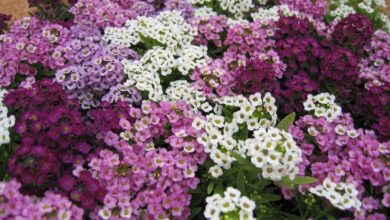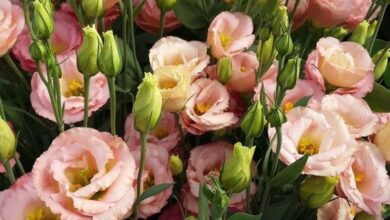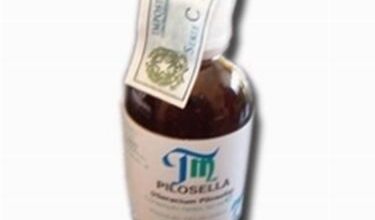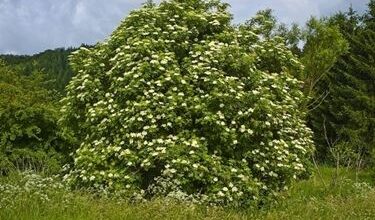Terrace hedges
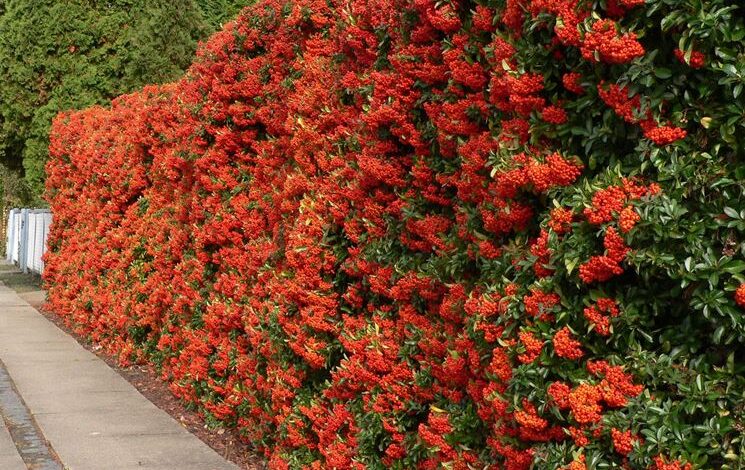
Green in the city: let’s start with the terrace hedges
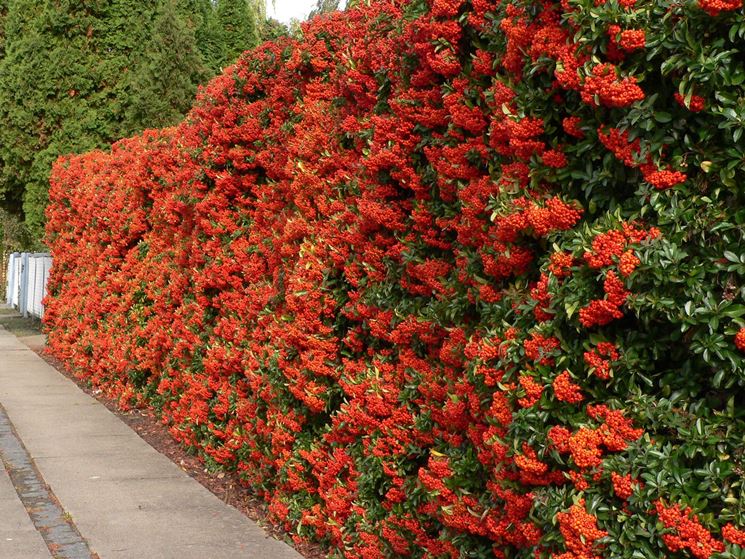
The classic hedges: care and maintenance
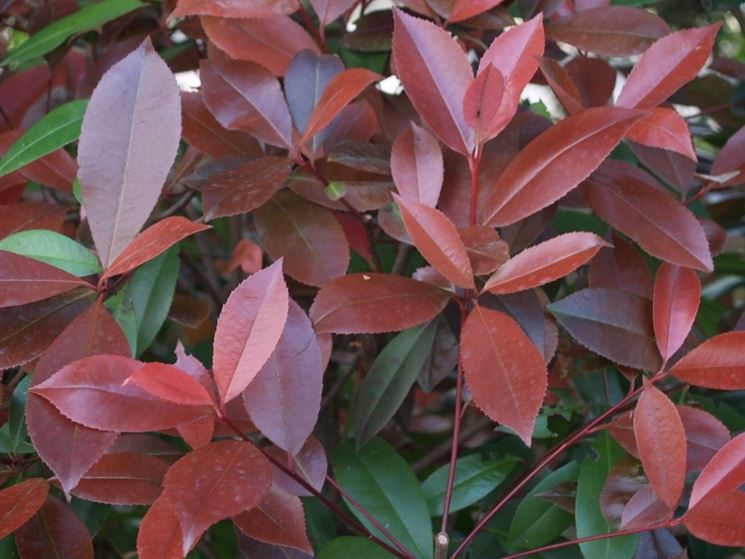
Among the terrace hedges the most widespread, until recently, was the laurel. It has been ascertained, however, that this plant suffers terribly from pollution, for this reason over the years it has been set aside a little in favor of a much more resistant plant: the pyracanta. However, photinia is also currently very popular. These terrace hedgesthey do not require special care, only a few but indispensable attentions. Watering must be regular and constant, as well as fertilizations and topsoil top-ups. They are all resistant plants and last many years, for this reason the surface soil will tend to wear out, either by the wind or by the irrigations themselves. It will be necessary to pay attention to the fact that for no reason the roots come into contact with the light. Pruning is the queen of maintenance for hedges. It should be done in early spring or mid-winter, depending on the plant. It is necessary both for the health of the plant itself and for the regulation of shape and height.
Pots, soil and tools for terrace hedges
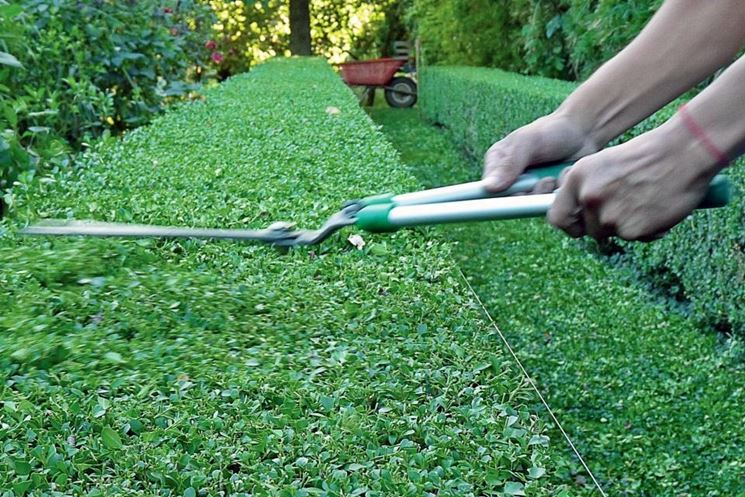
Terrace hedges are grown in rectangular pots, also called tubs. The optimal dimensions are: 80×40 centimeters and at least 30 in depth. These tubs can be found at the comings and goings and are usually made of plastic. They also exist in terracotta or concrete, but they are not as practical as those in plastic. Do not put saucers, it is not necessary, moreover they would become the cradle for mosquitoes, which would deposit the larvae there. The soil, unless you have thought about particular plants, will be the generic one: peat, sand and organic compound. As for the equipment, you will certainly need some nice shears, a shovel and a small rake with a short handle. The shears will be useful for pruning. The shovel and the rake for weeding the surface soil, in order to aerate it every now and then.
Terrace hedges: The holm oak, a separate hedge
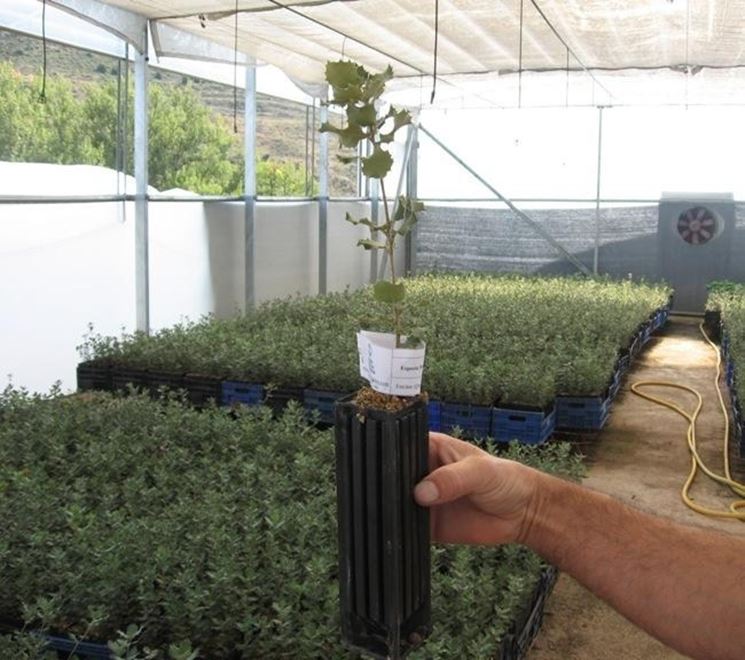
The holm oak, the majestic oak, the one who lives even a thousand years, can also be a beautiful terrace hedge. It is used more and more often, also because when placed in pots and managed like a bush it is really aesthetically beautiful. The maintenance it requires, apart from pruning which must be annual, is very little. This plant is very strong and withstands even quite cold climates. The soil to be used is always the generic one. It is an evergreen even if the foliage often changes, to understand, it loses its leaves; moreover they are resistant and rot with difficulty. In May it blooms and becomes a decorative yellow color. To obtain a hedge with holm oak plants, three plants must be planted every meter. Being a plant that is part of the Mediterranean scrub, it does not tolerate exposures to the north. Don’t fertilize it too much, once a year is more than enough.

